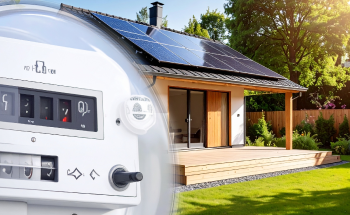Best Practices for IEC 61850 Protocol Integration with Field Devices
Shwetha Bhat February 12, 2025
Shwetha Bhat February 12, 2025
The best practices to effectively integrate IEC 61850 protocol with various field devices include thorough device compatibility testing, the use of standardized configuration files (SCL), careful mapping of data objects to specific device functions, appropriate use of communication services based on data type and time sensitivity, and proper network design considerations for reliable data exchange across different device types, all in line with the IEC 61850 standard for interoperability across vendors.
While you integrate IEC 61850 protocol with your field devices, ensure that the system operators and maintenance personnel understand IEC 61850 standards and best practices for successful implementation. Also provide detailed documentation for device mappings, network configuration, and data models to refer to later for troubleshooting purposes.

July 25, 2025
The world energy scene is being revolutionized by the fast-paced increase of decentralized renewable energy sources like rooftop solar, wind microturbines, and energy storage in batteries. batteries. The driving force…
Know More
July 25, 2025
Smart metering has evolved significantly over the last two decades as it became a building block of modern energy management solutions. At the core of the evolution is the DLMS/COSEM…
Know More
July 25, 2025
As the energy sector undergoes rapid digital transformation, smart metering has emerged as a foundational technology in modern utility networks. By enabling real-time monitoring, automated billing, and remote disconnection, smart…
Know More